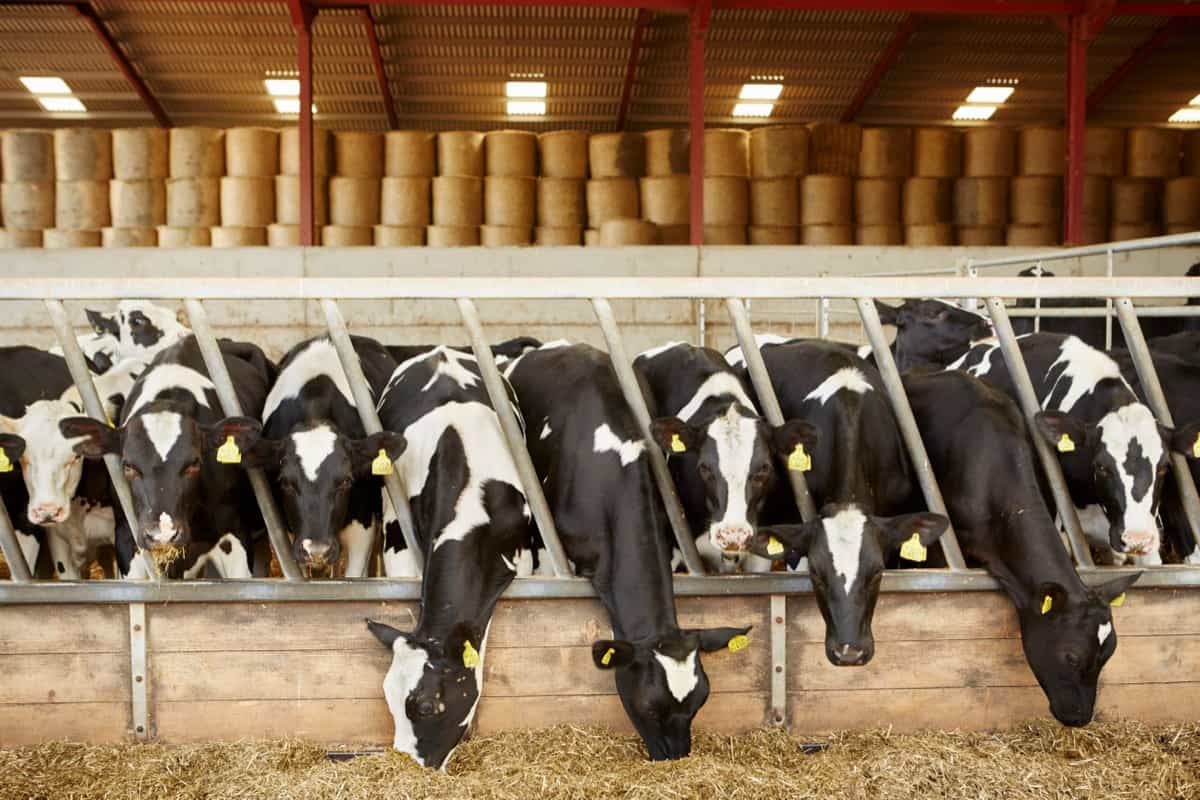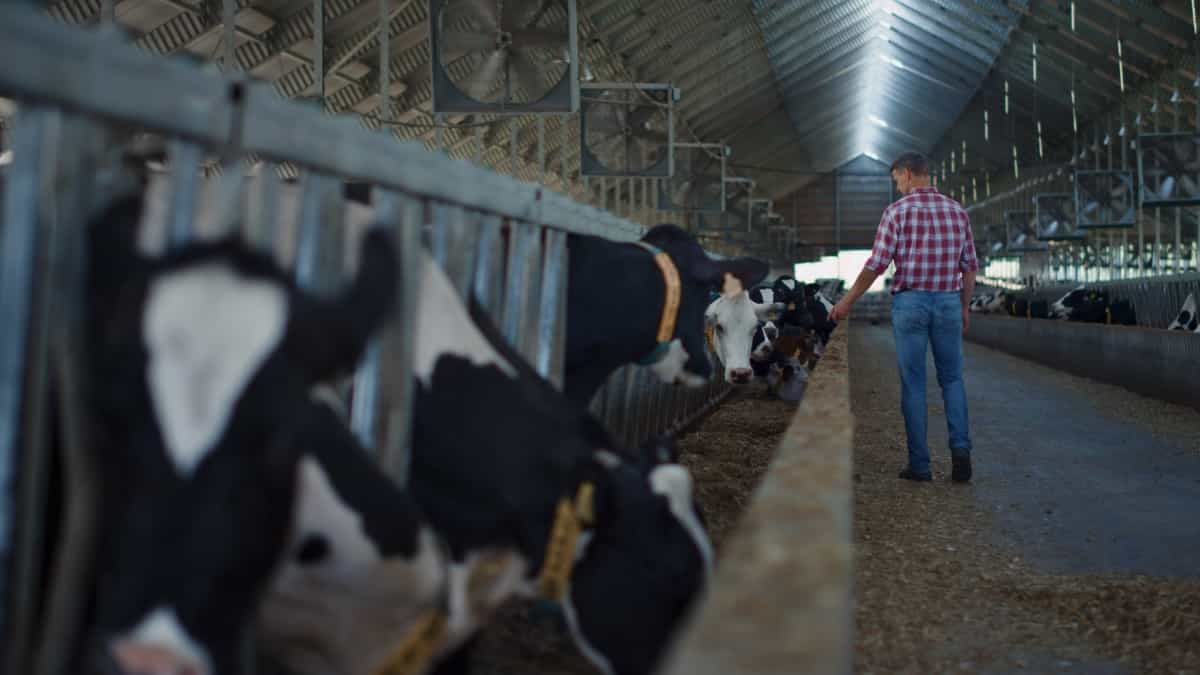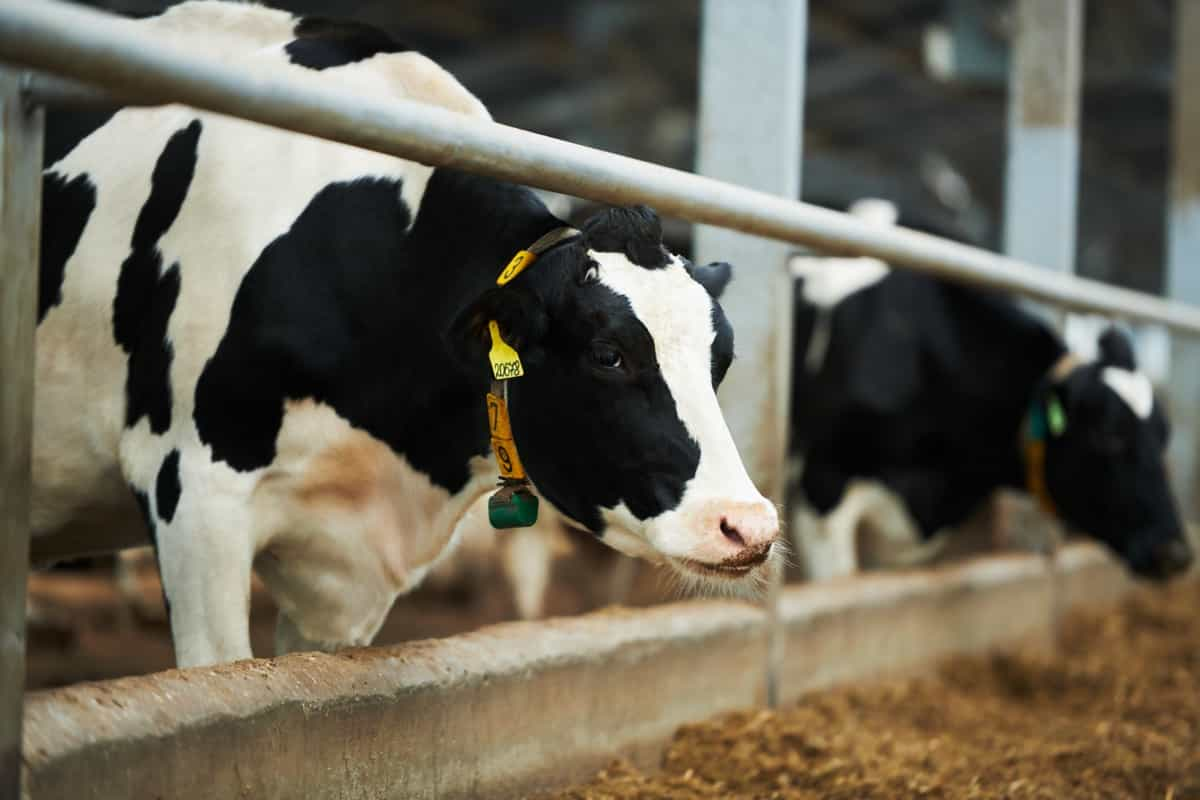In livestock management, cattle fattening has become a significant and profitable venture. Many farmers often ponder, “What is the most profitable cattle business?” the answer frequently points toward cattle fattening. This practice involves a strategic plan where cattle are fed specific feed formulations to accelerate their weight gain quickly, such as achieving cattle fattening in 90 days.

For those asking, “How can I fatten up my cattle fast?” the answer often lies in cattle fattening feed formulation. While some might contemplate using drugs to fatten cattle, it’s crucial to be knowledgeable about the entire process. As a livestock fattening example, the beef cattle fattening business plan represents a structured approach to turning a profit.
Cattle Fattening Business Plan
Developing a Comprehensive Business Plan for Cattle Fattening
Creating a cattle-fattening business plan is paramount for the enterprise’s success. It should cover everything from sourcing cattle to determining the best feed formulation. Assess the market demand and plan how to sell the fattened cattle. To make a significant profit, a well-structured beef cattle fattening business plan considers feed costs, veterinary care, and potential market prices. This planning ensures a structured approach and enhances the possibility of success.
Obtaining the Necessary Licenses and Permits for a Cattle Fattening Business
Before diving into the cattle fattening industry, procuring the right licenses and permits is imperative. Every country or region might have different regulations, and compliance with these rules helps avoid legal complications. Each detail is essential, whether about the drugs used to fatten cattle or the infrastructure requirements. It’s advisable to consult local agricultural bodies or cattle associations to understand the necessary permissions.
Estimating the Initial Cost to Start a Cattle Fattening Business
Understanding the capital requirement is crucial before venturing into the business. The primary expenses include buying cattle, setting up infrastructure, acquiring feeding systems, and initial cattle fattening feed formulation. On average, the initial investment can vary significantly based on location and scale, but as a ballpark figure, it can range between $10,000 to $50,000. This cost encompasses cattle purchase, infrastructure setup, feed, and other essential elements to start the operation.
In case you missed it: Cattle Breeding Calendar: Cattle Gestation Stages and Cattle Gestation Table

Understanding the Operational Costs of a Cattle-Fattening Business
Once set up, the operational costs need constant monitoring. These include daily feeding, veterinary care, labor, and infrastructure maintenance. A substantial portion of the expenses revolves around the cattle fattening feed formulation. Other costs include water, electricity, and periodic health check-ups. Depending on the region and size of the operation, monthly operational costs can range between $1,000 to $5,000.
Identifying Profit Potential in the Cattle Fattening Industry
The burning question remains, “Is cattle fattening profitable?”. The profit potential is promising but hinges on effective management, cost control, and market prices. On average, after considering operational costs, each fattened cattle can yield a 15-25% profit margin. Factors affecting profitability include market demand, effective cattle fattening in 90 days, and maintaining good cattle health. Therefore, continuous monitoring, strategic selling during peak demand, and efficient operations are vital for substantial profits.
Choosing the Right Breeds and Types of Cattle for Fattening
Selecting the ideal breed plays a pivotal role in determining the success of a cattle fattening business. While several breeds are available, not all are suitable for rapid weight gain. Popular breeds for fattening include Angus, Hereford, and Charolais, owing to their natural propensity for quick muscle development and weight accumulation.
Before purchasing, farmers should research the breeds’ characteristics, market demand, and adaptability to local environmental conditions. Consulting with experienced breeders or cattle associations can offer valuable insights into making informed decisions, ensuring maximum returns on the investment.
Designing and Constructing Suitable Infrastructure for Cattle Fattening
Infrastructure is a cornerstone of a successful cattle-fattening enterprise. Proper shelter protects the cattle from adverse weather conditions, extreme heat, cold, or rain. Spacious barns or sheds with adequate ventilation are essential to prevent diseases that thrive in congested and poorly ventilated areas.
In case you missed it: 10 Best Beef Cattle Breeds in the United States with Prices

Besides shelters, consider constructing feed storage areas, water supply systems, and waste management facilities. Properly designed infrastructures ensure efficient operations, optimal cattle growth, and reduced health issues, making it crucial for those serious about the cattle fattening business.
Implementing Proper Feeding and Nutrition Programs for Fattening Cattle
Feeding plays an indispensable role in cattle fattening. A balanced and nutritious diet is paramount to achieve noticeable weight gain, especially in scenarios aiming for cattle fattening in 90 days. The diet should be high in energy and protein, consisting of grains, forages, and supplements.
Based on cattle growth and health, periodic review and adjustment of cattle fattening feed formulation can ensure optimal weight gain. Moreover, a constant supply of clean water is vital. Collaborating with a livestock nutritionist can help devise a tailored feeding program, maximizing the cattle’s growth potential.
Ensuring Animal Health and Disease Prevention in a Cattle-Fattening Business
The profitability of a cattle-fattening venture largely hinges on the health of the livestock. Healthy cattle grow faster and have better meat quality, enhancing their market value. Regular health check-ups, vaccinations, and deworming schedules must be adhered to. Preventive measures, such as maintaining cleanliness, ensuring proper ventilation, and avoiding overcrowding, can keep diseases at bay.
In cases where drugs are used to fatten cattle, following recommended dosages and withdrawal periods is essential to ensure meat safety. Collaborating with a vet for periodic assessments and advice will ensure the cattle remain in prime health, leading to a successful and profitable cattle fattening business.
Conclusion
In the ever-evolving landscape of livestock management, cattle fattening stands out as a promising and lucrative venture, answering the pressing question of its profitability. Choosing the right animals and planning the setup are key to making this project successful. The emphasis on optimal feeding and nutrition programs ensures cattle achieve desired weight gains. In contrast, a proactive approach to health and disease prevention ensures the livestock’s well-being and, by extension, the quality of the end product.
In case you missed it: Brangus Cattle Price, Physical Characteristics, Advantages, and Management

To truly harness the potential of cattle fattening, stakeholders must synergize their efforts, balancing traditional practices with modern insights, ensuring both the cattle’s welfare and the business’s economic viability. The journey, though challenging, offers immense rewards to those dedicated to mastering its intricacies, making cattle fattening an exciting frontier in livestock business opportunities.
- Feed Your Flock for Less: Top 10 Tips to Save on Chicken Feed
- Ultimate Guide to Ossabaw Island Hog: Breeding, Raising, Diet, and Care
- Hatching Answers: The Top 10 Reasons Your Chickens Aren’t Laying Eggs
- Eggs and Economics: Breaking Down the Cost of Raising Backyard Chickens
- Defend Your Greens: Proven Methods to Keep Iguanas Out of Your Garden
- Ultimate Guide to Cinnamon Queen Chicken: A Comprehensive Guide for Beginners
- Ultimate Guide to California Tan Chicken: Breeding, Raising, Diet, Egg-Production and Care
- Ultimate Guide to Marsh Daisy Chicken: Breeding, Raising, Diet, and Care
- 10 Types of Chicken Farming Businesses You Can Start for Profits